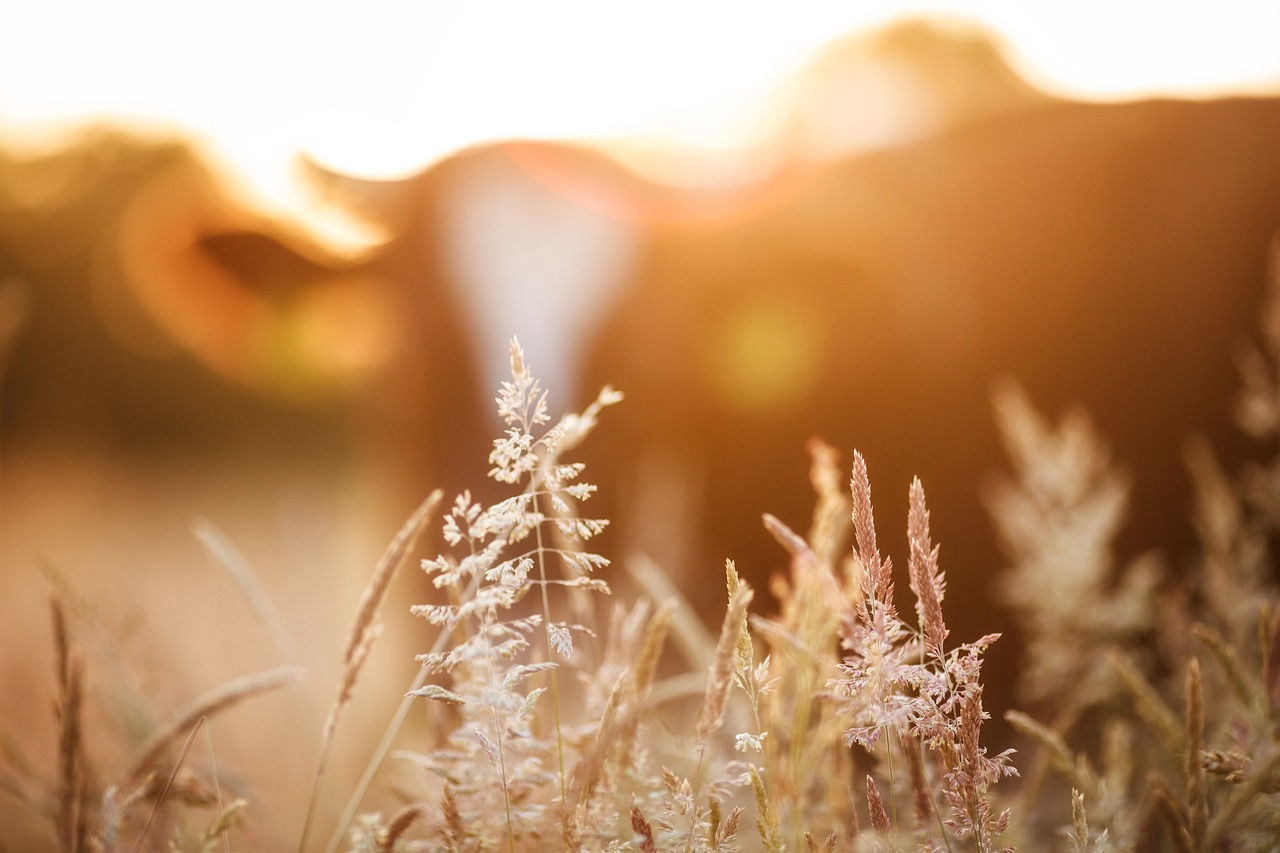
When drought hits, beef cattle farmers in Kenya are often the first to feel the pinch. Pasture dries up, water sources shrink, and feed prices skyrocket. But all hope is not lost. With the right strategies, you can still keep your cattle healthy and growing. In this post, we’ll share tried-and-tested methods for cheap beef cattle feeding during drought — tailored for the Kenyan climate.
At Mkulima Jovial, we understand the challenges farmers face, and we’re here to guide you through tough seasons with practical solutions that save money and protect your herd.
Why Feeding Becomes Challenging During Drought
Drought leads to:
-
Shortage of natural pasture
-
Poor quality or unavailable hay
-
Price increases for commercial feeds
-
Risk of cattle losing weight or dying
That’s why you need an emergency plan for cheap beef cattle feeding during drought that fits your budget and location.
1. Preserve Crop Residues Before the Drought Starts
One of the smartest and cheapest feeding methods is storing crop leftovers early:
-
Maize stover (maize stalks)
-
Bean haulms
-
Sweet potato vines
-
Banana stems
✅ Chop, dry, and store them in a shaded, dry place to feed your cattle during lean months.
2. Use Urea-Treated Crop Residue
Dry maize stalks and other low-quality roughage can be made more nutritious by treating with urea.
How to do it:
-
Mix 1 kg of urea with 40 litres of water
-
Sprinkle on 100 kg of chopped maize stover
-
Cover with plastic and leave for 7–14 days
✅ This improves digestibility and protein content—great for cheap beef cattle feeding during drought.
3. Grow and Store Drought-Resistant Fodder
Start planting fodder that survives dry conditions, such as:
-
Brachiaria grass
-
Desmodium
-
Napier grass (harvest early and store)
-
Sorghum and lablab
📌 Chop and dry for storage during rainy seasons to prepare for the dry months.
4. Feed Kitchen and Market Waste (With Caution)
If you live near a market or have access to kitchen waste:
-
Use banana peels, cabbage leaves, pumpkin parts, and overripe fruits
-
Always check for mould, rot, or contamination
-
Mix with dry feed for bulk
✅ This is an affordable feed supplement if managed safely.
5. Molasses as an Energy Booster
Molasses is cheap and packed with energy. Mix it with:
-
Maize bran
-
Rice polishings
-
Chopped hay or stover
✅ It improves palatability and helps cattle maintain weight.
6. Water and Salt Blocks Are Crucial
Even if feed is limited, clean water and mineral salt blocks are non-negotiable.
-
Water prevents weight loss and dehydration
-
Minerals boost appetite and digestion
📌 Lack of minerals during drought worsens weight loss and weakens immunity.
7. Use Feed Supplements Wisely
While commercial supplements may seem expensive, adding small amounts of dairy meal, sunflower cake, or cottonseed cake can make a big difference when mixed with low-quality feeds.
✅ Use small daily portions to stretch feed and still improve nutrition.
8. Reduce Herd Size If Necessary
If you’re overwhelmed, consider selling off older or non-productive cattle early—before prices fall.
This helps:
-
Reduce pressure on available feed
-
Maintain the health of productive animals
-
Generate money to buy feed or supplements
Plan Ahead with Mkulima Jovial
We support Kenyan beef farmers with:
-
Affordable salt licks and molasses
-
Feed preservation bags and tools
-
Urea treatment kits
-
Low-cost feed rationing charts
-
Expert guides for drought preparation
Don’t wait for the rains. Plan early, feed smart, and keep your herd profitable all year round.
